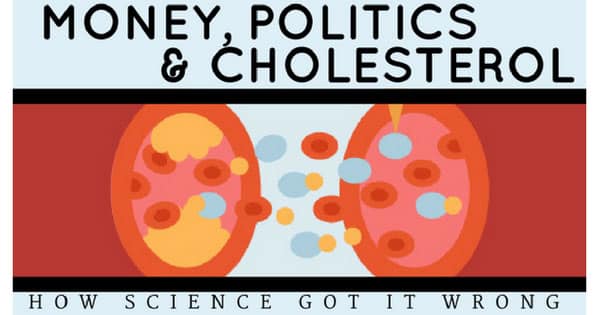Cardiovascular disease is the leading cause of death in America today, and it’s the most common cause of taking medications either for high blood pressure or high cholesterol.

It is important to note that even though many medical doctors focus on high cholesterol as the main cause of heart attacks and strokes, this type of thought process is considered old school and misguided.
You may be surprised to know that according to William Castelli, M.D., a former director of the Framingham Heart Study, people with low cholesterol (lower than 200) suffer nearly 40 percent of all heart attacks. In addition, people with low cholesterol (less than 180) have three times as many strokes as the general population.
Here I am going to list the most important clinical indicators & risk for heart attacks and stroke:
- Cardiac arrhythmia & atrial fibrillation and other disruptions of the heart’s normal rhythm are one of the most common indicators for heart attacks.
- Elevated triglycerides, specifically an elevated ratio of triglycerides to HDL cholesterol.
- Elevated homocysteine levels. A research study found that men with high homocysteine levels were three times more likely to have a heart attack than others.
- Elevated insulin & diabetes.
- Elevated cortisol (stress) levels.
- Elevated estrogen in respect to progesterone levels.
- Low testosterone (in men). Higher levels of testosterone has been found to offer men greater than five-fold protection against coronary artery disease. ( I have a blog about restoring testosterone levels)
- High testosterone (in women).
- Lipid peroxide levels
- Elevated C-reactive protein. C-reactive protein is a marker associated with production of inflammatory cytokines, which represent a threat to cardiovascular health. Men with CRP values in the highest quartile had three times as many heart attacks and two times as many ischemic strokes as the general population.
Other risk factors include thyroid insufficiency, magnesium deficiency, fatty acid imbalances and lipid fractionization.
Is It Hard to Manage Your Risk Factors?
The good news is that it may not take a long time to rectify the imbalances that show up in a thorough cardiovascular evaluation. Once we evaluate your blood chemistry levels, we are able to recommend a protocol that best targets your deficiencies and inflammatory markers. Many of our patients are able to change these markers after 8 weeks of following our nutritional and chiropractic protocols.
We also provide top-notch technologies to help you with enhancement of blood flow and detoxification centers, so your body can function at its best and operate from an energy efficient place.
The information on this website is not intended to replace a one-on-one relationship with a qualified health care professional and is not intended as medical advice. It is intended as a sharing of knowledge and information from the research and experience of Dr. Tara Rasta and her Functional Wellness community teachers.

